Agriculture in Sicily is changing its face: mango and avocado are the new fruits of Southern Italy. Traditional crops such as citrus fruits, prickly pears, vineyards, olive trees, cereals, and ancient grains must contend with global warming and the extreme events it brings, drought and water scarcity, even the emergence of pests unknown until a few years ago. The centuries-old agricultural tradition of the island, the cradle of Mediterranean biodiversity, is searching for a path toward diversification. With an increasingly tropical climate—hot in the summer and spring months, almost without rain or frost, and mild temperatures in autumn and winter—exotic fruits are gaining ground, particularly mango.
Climate change is impacting Sicilian agriculture, one of the most strategic sectors for the regional economy. Extreme phenomena significantly affect the availability of water needed for irrigation, product processing, and transport and storage conditions. The impact reverberates across the entire sector, influencing prices, quality, quantities, income, and the economic value of land. To meet the growing demand from domestic and international markets, adaptation strategies involve the development of new practices and technologies, such as the formation of agricultural communities, platforms for crop management, climate monitoring systems, smart irrigation, and wastewater reuse. But that’s not all.
Discover Sicily: the most popular experiences and attractions
Climate Change and Its Impact on Farming: Mango Boom in Sicily
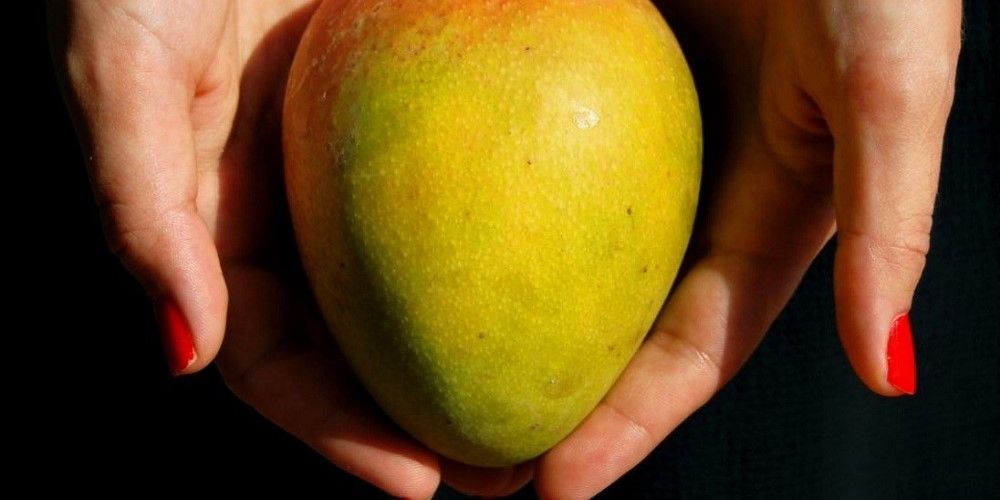
Paraphytofarmacia / Dott.ssa Bianca Brun
To save Sicilian agriculture from the climate crisis, the solution is to adapt to its new status as a tropical orchard. It’s the classic trajectory from emergency to opportunity: over the last twenty years, the island’s farmers have been leveraging scorching temperatures to transform their land into Europe’s leading garden for mango, avocado, and papaya production. Exotic fruits have found a favorable microclimate in Sicily: temperatures between 25 and 30 degrees, abundant direct sunlight, frost-free winters, sandy, well-drained, slightly acidic soils rich in organic matter. The sharply rising demand from national and international consumers and the increase in prices, now reaching €5.50 per kilo, have done the rest.
More and more areas once dominated by oranges and lemons, vineyards, and olive trees are now dedicated to tropical fruits. Sicily looks to the future and innovation while respecting tradition: indeed, the climate has long proven favorable for this type of cultivation. Mango is utilized in various ways: from fresh fruit to jams and juices. The most affected areas are Etna in the east, Milazzo in the northeast, and from Partinico to Castellammare del Golfo in the northwest. There is no centralized database yet with the exact number of Sicilian farms producing and selling mango, but estimates suggest around 50–100 businesses, mainly concentrated in coastal areas with a tropical microclimate, particularly in the provinces of Messina, Catania, Trapani, and Palermo.
Explore Palermo: history, sea and street foodRise of Mango and Avocado Cultivation
Since 2004, the number of hectares cultivated with mango and avocado in Italy has increased from 10 to over 1,200, according to Coldiretti estimates. The Italian capital of production has become Balestrate, a small village on the Tyrrhenian coast bordering the provinces of Trapani and Palermo. The small Sicilian town is home to about twenty farms that have converted citrus groves into rows of trees. Every year in September, the harvest is celebrated with the event Le vie del mango (The Ways of Mango), a weekend of tastings, show cooking, guided tours, conferences, music, and performances. A happening that intertwines commerce and culture, a moment of sharing and collective ritual aimed at consolidating mango cultivation in the community.
Thanks to precision agriculture, careful selection of nursery stock, reduced pesticide use, and short supply chains, Sicilian mangoes are challenging for quality and yield those from Brazil, Peru, Ivory Coast, Israel, the Philippines, India, Bangladesh, and Sri Lanka—the largest producer, consumer, and exporter countries where mango is considered the king of fruits for its popularity. Sicily is now a hub for indigenous production: from 500 hectares dedicated to cultivation in 2019, the figure has risen to nearly 1,215 hectares in 2023. Networks of specialized growers are emerging, specialization is increasing, and businesses are securing contracts with major distributors, not just in Italy. Sicilian mangoes end up mainly in historic markets: France, Austria, Germany, and Switzerland.
Export Potential and Market Trends
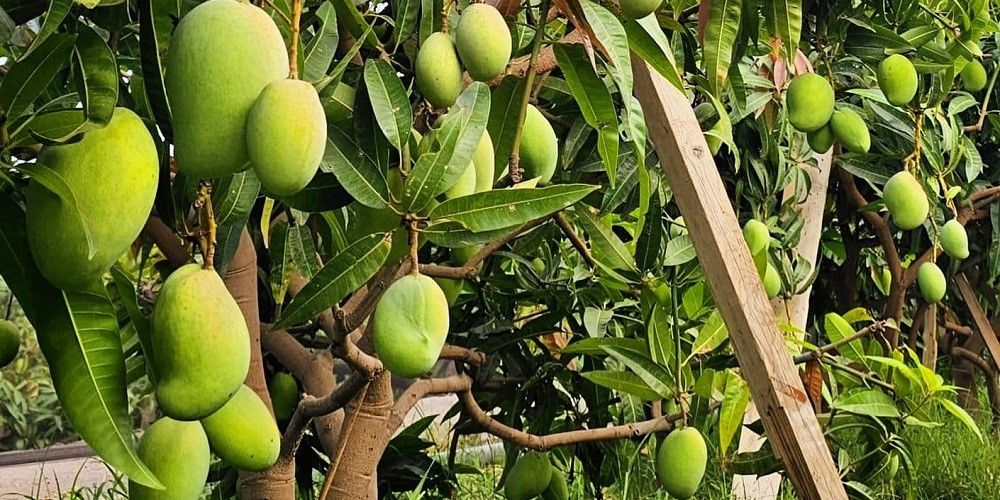
Sicilia Avocado
In 2024, Italian mango exports produced 56.3 million euros with a significant +17.3% compared to 48 million in 2023. The main destinations for Italian exports were France with 12.4 million (-5.7% over 2023), Austria with 5.8 million (+22.7%), Greece and Slovenia with 5.4 million (+11%), Switzerland with 4, 9 million (+8.5%), Germany with 3.2 million (+35.4%), Croatia with 2.9 million (+ 1.5%), Malta with 2 million (+24.5%), Spain with 1.5 million (+56.7%) and Norway with 1.2 million (+12.4%). Emerging markets are the Balkans (Serbia, Montenegro, Bosnia and Herzegovina), Slovakia and Turkey.
From the databases that record export transactions, it is not possible to extrapolate the data disaggregated by regions. Based on recent trends and sector reports from Ice and Istat, the export volume from Sicilian farms in 2024 could reach 230–360 tons, with growth of +15–20% compared to 2023, when mango export volumes stood at 200–300 tons for an estimated value of €1.5–2 million. The turnover is estimated at €1.8–2.4 million, with the increase due to improvements in production quality and logistics. The rise in exports is attributed to greater recognition of Sicilian mango as a niche product, advancements in preservation and transport techniques, and collaborations with major European distributors.
The main destination for Sicilian mango exports is Germany, accounting for 40% of exports. The premium market is organic. Twenty-five percent of production goes to France, destined for major retailers and restaurants, while 15% reserved for Switzerland caters to a high-purchasing-power niche. Austria (10%) is a destination where healthy food is well-established; demand is growing in the UK, Benelux, and Eastern Europe (10%). Special attention goes to Portugal, the European country with the highest mango consumption per capita. These numbers fit into a positive trend for the entire Italian agri-food export sector, set to reach record figures in 2024: over €28 billion in foreign sales and growth of +7.1% compared to 2023, as revealed by the Research Department of Intesa Sanpaolo.
Italy, alongside the Netherlands, is a crucial hub for the distribution of exotic fruit in Europe. According to a Fruitimprese report, 3.4 million tons of fruit were sold abroad in 2023, but traditional fruits like apples, pears, and grapes have lost ground to tropical fruit. Exports of exotic fruit grew by 20.9%, reaching 147,000 tons—double the export volume of nuts and two-thirds that of citrus fruits. In value, this amounts to nearly €143 million, a +22.4% increase compared to 2022. In the first quarter of 2024, tropical fruit exports grew by 47% in volume and 28.1% in value.
The domestic market is no exception. Istat has included mango and avocado in the consumer price index basket. Volumes sold in Italy have increased by 30% since 2017. Mango, avocado, papaya, lychee, and passion fruit are purchased by 48% of Italian families. A survey by the Ixè Institute for Coldiretti reveals that six out of ten Italians (61% of respondents) would buy Italian mangoes, avocados, and bananas if available instead of foreign ones, while 71% would be willing to pay more for the guarantee of national origin.
Explore Etna, the highest volcano in EuropeChallenges and Opportunities for Sicilian Farmers
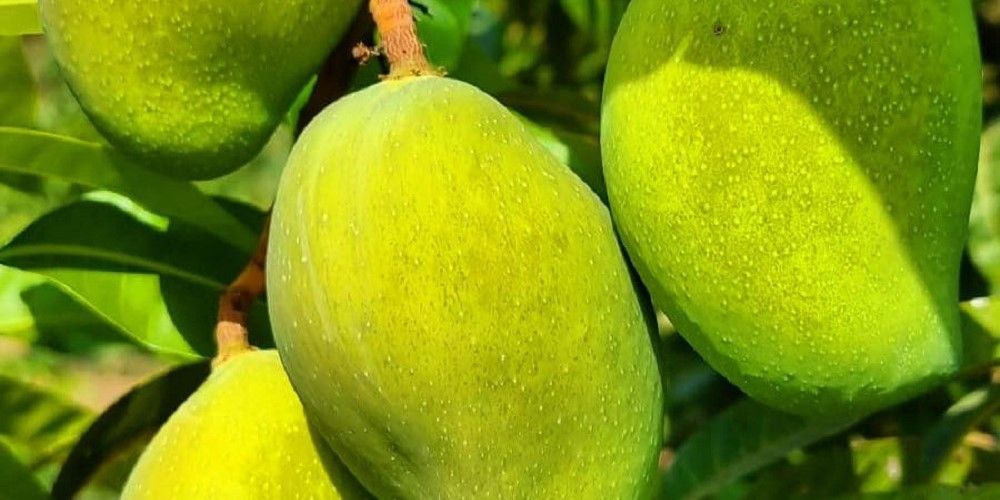
Kensington Pride, the mango of Etna (photo: Sicilia Avocado)
The challenge for Sicilian mango farms lies in continuous adaptability and the pursuit of high quality: despite threats from extreme weather events, drought, water scarcity, and rising production costs—especially electricity—this niche market is establishing itself across Italy and Europe, following evolving consumption trends. The immediate goal is to raise the bar for production quality, always keeping in mind the recovery of uncultivated land and the “zero-kilometer” principle. The main competitor remains Spain, still the largest European producer today.
The most common mango varieties in Sicily are Keitt (the latest, ripening between November and December), Kent (a large autumn mango ripening between September and October), Tommy Atkins (medium to large, ripening between late August and September), and Maya (medium-sized, arriving in Europe in the early 2000s). Encouraging experiments include Kensington Pride: the original Italian mango, the first variety introduced to Sicily in the 1980s, which quickly adapted to the island’s climate. A sweet and juicy excellence, certified 100% organic in most farms.
The opportunity for Sicilian growers is tantalizing: establishing a new brand of exotic fruit made in Sicily—local and sustainable—driven by good prices and demand, appealing for organic products, major Italian retail chains, and foreign retailers, without ever sacrificing ties to the territory. Many businesses have had the insight to collaborate with brands and chefs to integrate mango into traditional recipes: traditional cuisine can be reinvented with these new ingredients, enriching taste, diet (mango is rich in vitamins A, C, and B), and culture.
The final step will be networking: to fully seize the opportunities offered by the European mango market, it’s necessary to form networks of producers capable of greater impact in foreign markets. A brilliant idea already embraced by Sicilia Avocado, a consortium bringing together 43 farms cultivating avocado, mango, and papaya across 188 hectares of land between Giarre and Acireale. A case study for the entire sector.
About the author
Written on 18/06/2025

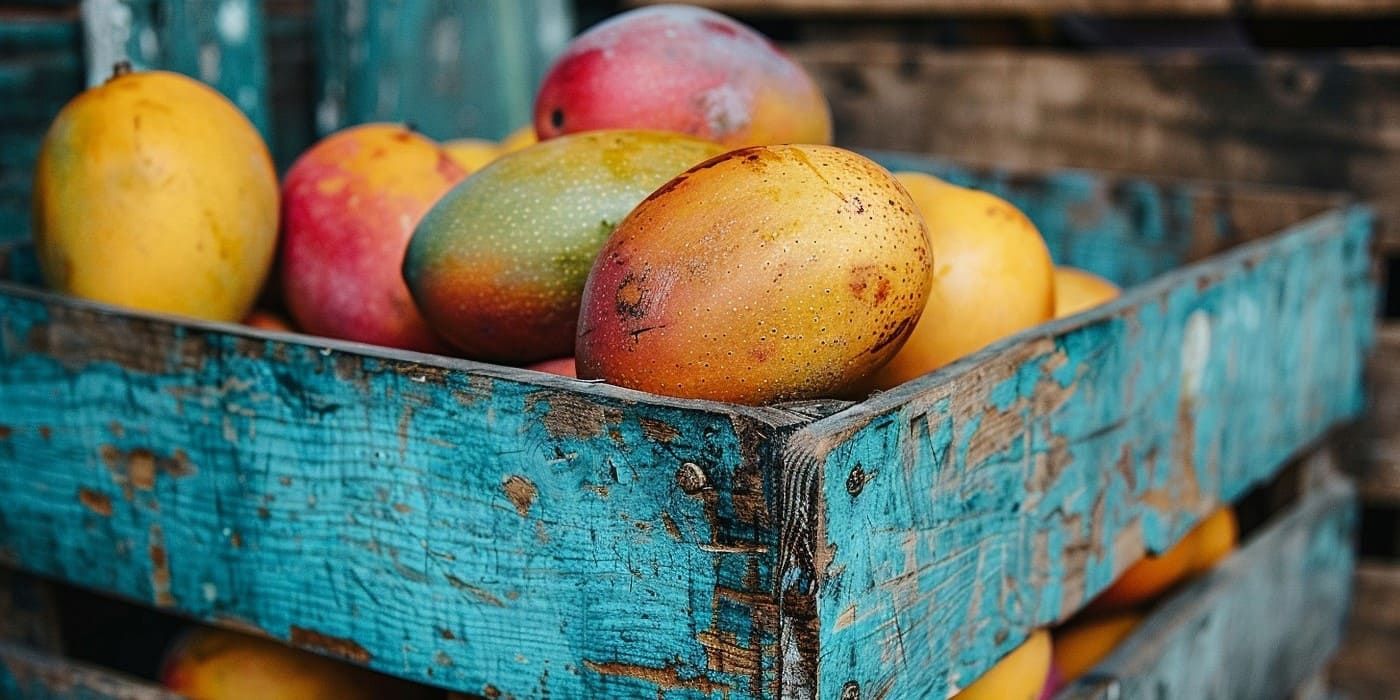
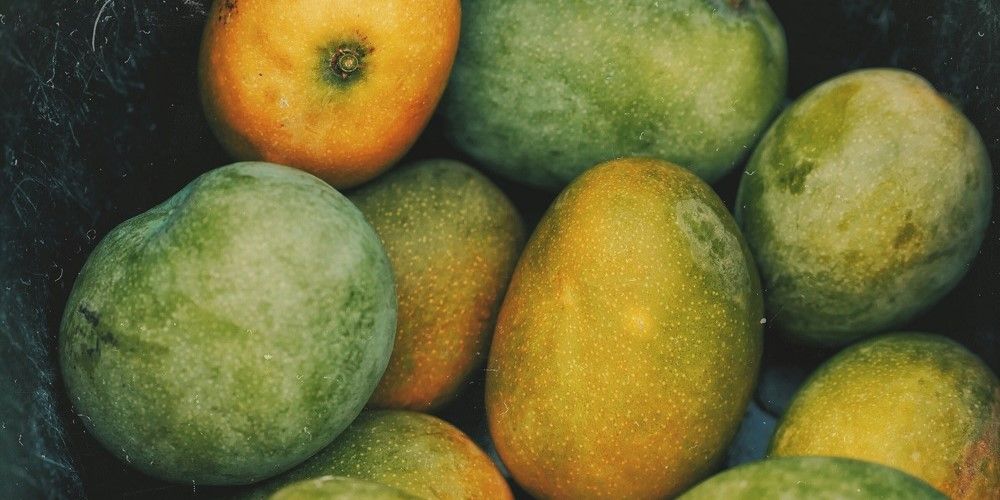

Alessandro Zoppo
Sicily is turning the climate change into an opportunity: mango crops are growing and exports are booming.